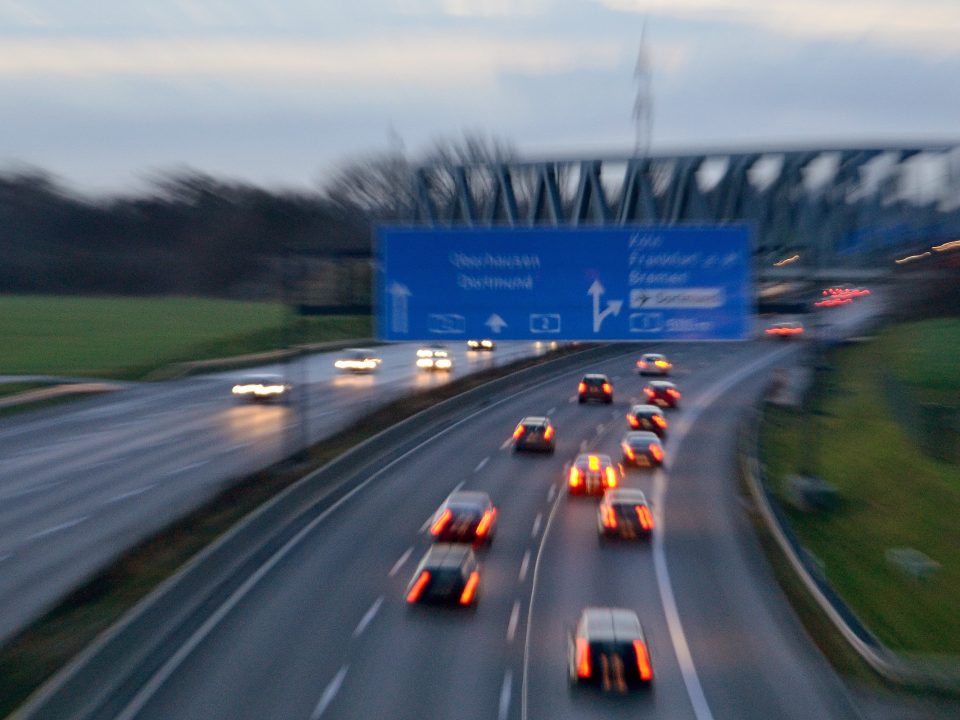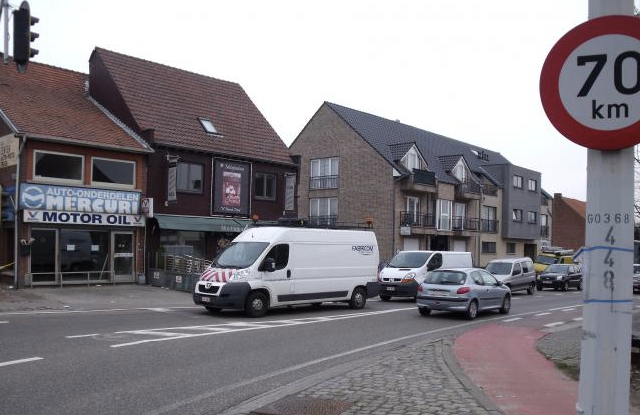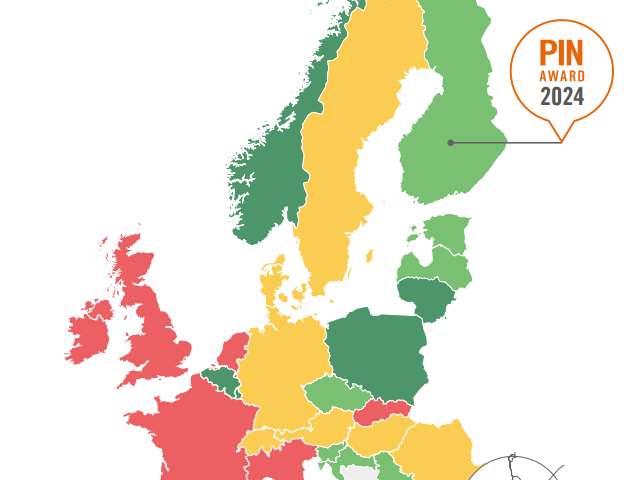
Europe’s first cars with Level 3 automated driving go on sale in Germany
Two new models from Mercedes-Benz have gone on sale in Germany with an automated system capable of taking complete control of the vehicle away from the driver under certain circumstances. ETSC says more oversight is needed of such systems, together with a commitment to an in-depth crash investigation for every collision involving a vehicle with self-driving features.
ETSC has repeatedly called for the setting up of an EU road collision investigation authority to conduct forensic analysis of crashes involving automated vehicles on EU roads.
The Mercedes-Benz ‘Drive Pilot’, a system that allows for hands-off automated driving in traffic at speeds up to 60 km/h on German motorways launched in Germany earlier this month. This is the first approval of a Level 3 automated driving system for use in Europe. Such systems can drive without driver supervision under certain circumstances.
International technical and safety standards for such systems were approved by the UN agency UNECE two years ago. Changes to national German road rules to permit use of such systems under certain conditions were passed back in 2017. But the system is not yet approved for use across the EU, and several EU Member States have yet to make the necessary changes to road rules that would permit driving hands-free.
ETSC says that as the market for vehicles equipped with Level 3 systems will quickly increase in the coming years, we urgently need a guarantee that crashes where a driving system was in charge of the vehicle are investigated and the results made public.
ETSC is also aware of work at the UNECE to increase the permitted operating speed of such systems, and to allow for automated lane changes – factors that would dramatically increase the potential risks. It would be irresponsible for the EU and Member States to allow riskier systems, without a system of robust oversight and investigation when things go wrong. Today no data is available on the number of crashes that occur when assisted driving systems were active, this situation cannot continue now that we have systems coming on to the market that are responsible for driving the vehicle.
ETSC is calling for:
- An EU agency to oversee or conduct investigations into crashes involving automated systems and to publish all findings in order to help prevent future collisions;
- Mandatory reporting to the EU agency by manufacturers of all collisions involving active automated systems on public roads in the EU as well as collisions involving existing Level 2 assisted driving systems;
- Direct access to in-car data for relevant authorities to enable in-depth, independent, forensic crash investigations.
In the United States, the National Transport Safety Board (NTSB) has investigated several collisions involving Level 2 assisted driving systems, and provided useful recommendations to manufacturers. The UK is consulting on the setting up of a road crash investigation authority.
Within the EU, most authorities do not routinely access in-vehicle data when investigating collisions due to the technical complexity and legal barriers. The Netherlands has taken a leading role in investigating collisions involving automated systems and has found a method for accessing in-vehicle data without the manufacturer’s involvement.








